Photo
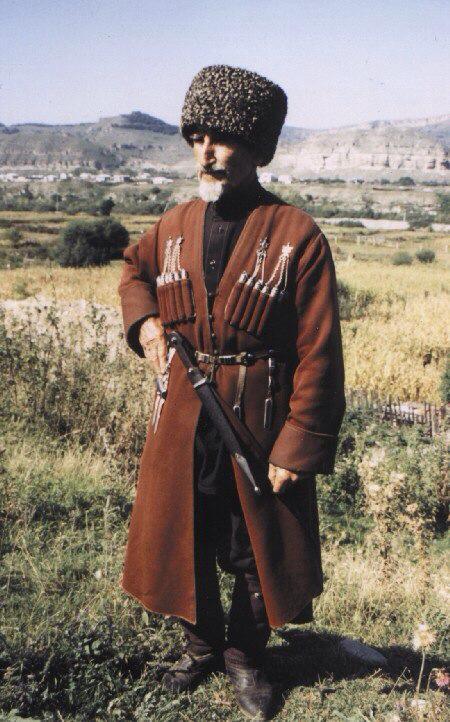
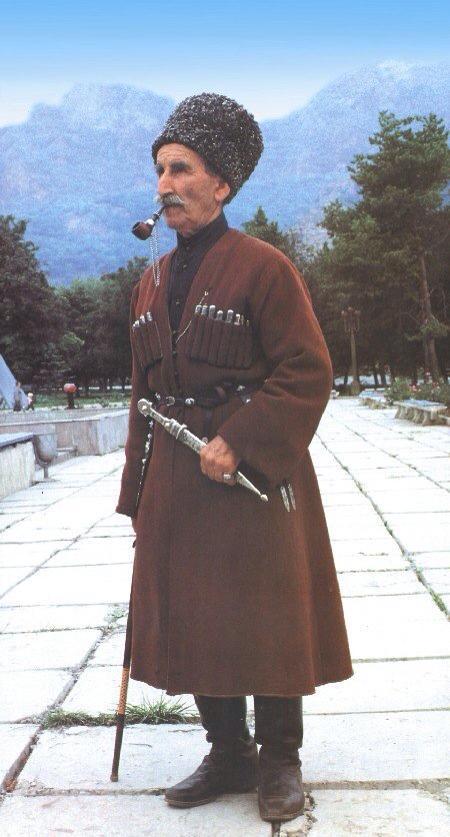
Халит Тоторкулов/ Halit Totorkulov 1990 и 1993.
49 notes
·
View notes
Photo
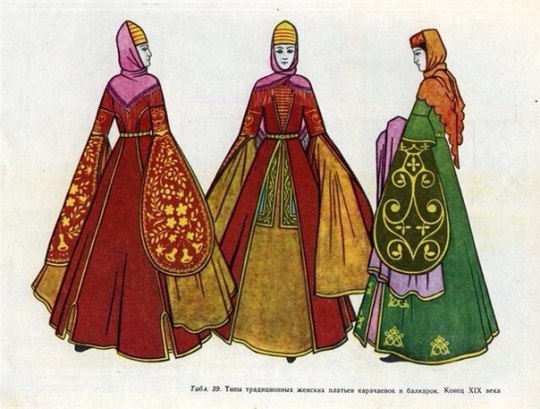
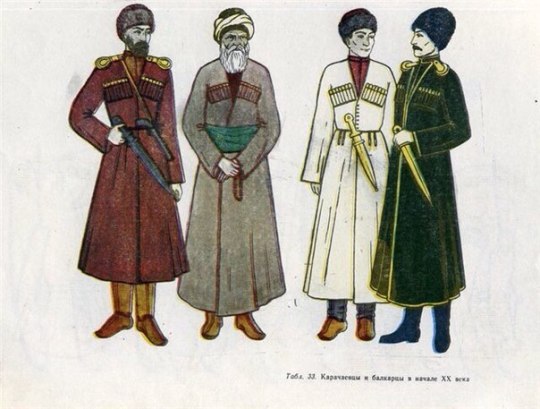
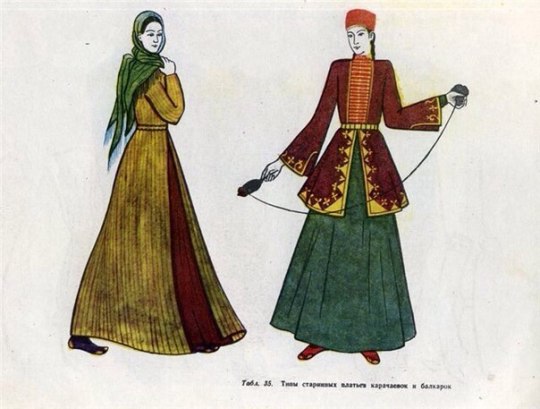
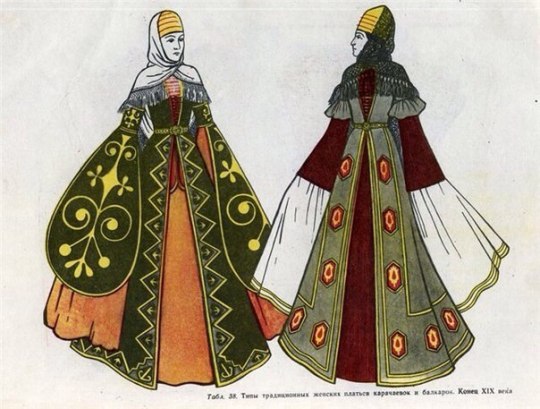
Этнические костюмы карачаевцев и балкарцев.
19-20 века.
Ethnic costumes of Karchays and Balkars.
19th-20th century
#karachay#balkar#karachay costume#karachay dress#balkar dress#balkar costume#ethnic costume#caucausus#caucasus dress#traditional dress
421 notes
·
View notes
Photo
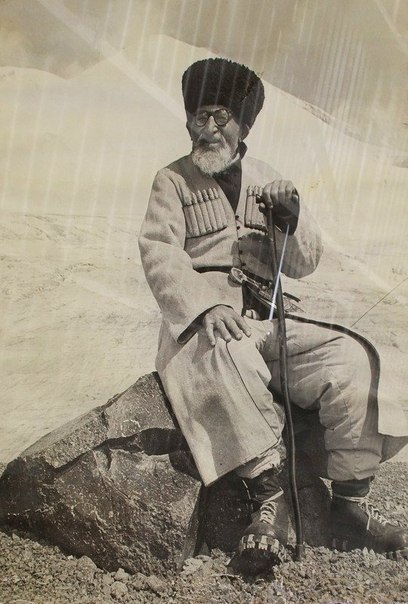
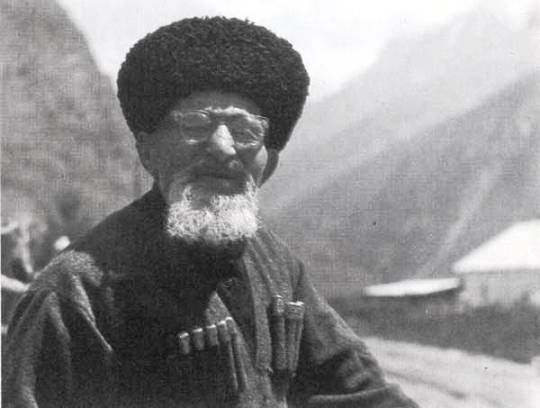
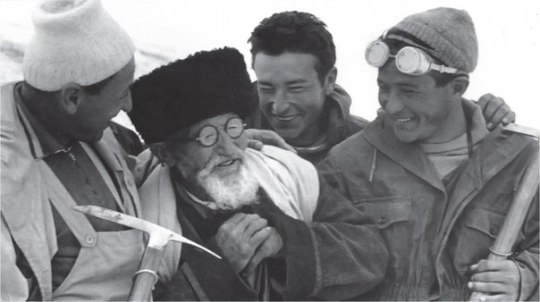
Чокка Асланович Залиханов восходил на вершину Эльбруса в общей сложности 209 раз. В последний раз он поднялся на гору Эльбрус в 1968 году, в день своего рождения. Ему тогда исполнилось 110 лет...
Chokka Aslanovich Zalikhanov climbed mount Elbrus 209 times. Zalikhanov's final climb took place in 1968, on his 110th birthday.
#Чокка Асланович Залиханов#Chokka Aslanovich ZalikhanoChokka Aslanovich Zalikhanov#caucasus#balkar#balkaria#elbrus#climbing
73 notes
·
View notes
Photo
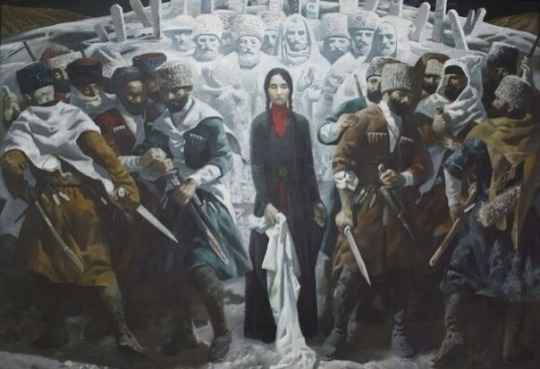
في السابق رمي الفتاة القوقازية لشالها، يمكن أن يوقف الحرب، فالرجال يغضون ابصارهم احتراما لها . .
Previously Caucasian girl taking off her shawl, could stop the war, men of respect withdrawn their eyes
7K notes
·
View notes
Photo
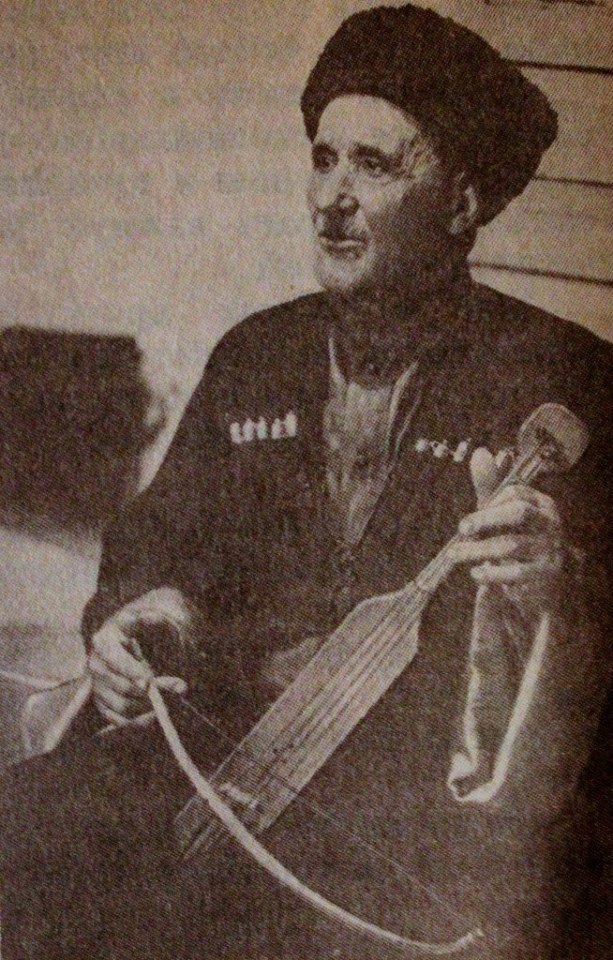
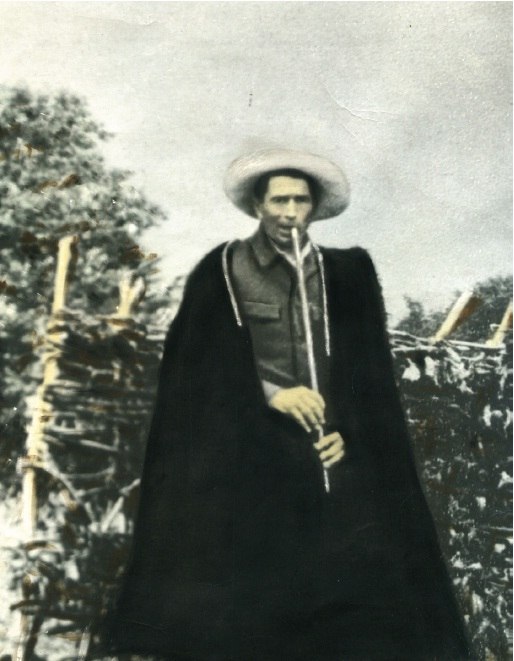
В начале XIX века главными музыкальными инструментами в Карачае были къыл къобуз и сыбызгы. Къыл къобуз — это род скрипки с двумя струнами из конского волоса и корпусом, вытянутым снизу в острие. Играли на ней смычком наподобие лука. Струнным щипковым инструментом был къакъкъан-къобуз, похожий на трехструнную балалайку. Сыбызгы напоминала флейту. Прежде ее делали из ствола тростника или другого аналогичного растения, а позже — из старого ружейного ствола. Из книги: Невская В.П. Карачай в пореформенный период. Ставрополь, 1964. С. 196.
Сказитель и музыкант Мазан Атабиев (1898 - 1976) из села Бабугент, играл на сыбызгъы.
Сказитель и музыкант Сказитель Алий Эттеев, (1909 - ?.), из с. Нижний Чегем с жия къобуз (къыл къобуз)
At the beginning of the XIX century the main musical instruments in Karachay were kyl kobuz and sybyzgy. Kyl kobuz is a variation of a violin with two strings made out of horsehair and elongated body which was played with a bow. Kakkan - kobuz is string instrument similar to three-stringed balalaika. Sybyzgy resembles a flute and at first made made from the trunk reed or similar plants and later from the old gun barrel.
From “ Karachay in post reform period” by Nevskaya V.P Stavropol, 1964 page 196
Storyteller and musician Mazan Atabiev ( 1899 -1976) from Babugent, played sybyzgy
Storyteller and musician Ali Etteev (1909-?), from Lower Chegem, played zhia kobyz (kyl kobyz)
#karachay#balkar#karachay culture#balkar culture#karachay music#balkar music#caucasus#north caucasus#musical instruments#karachay musical instruments#balkar musical instruments#mazan atabiev#ali etteev
15 notes
·
View notes
Video
youtube
Учкекен - Минги Тау (Эльбрус)
Uncheken - Mingti Tau ( Elbrus)
Mingi Tay is the Karachay-Balkar name for Mount Elbrus, a much loved and sentimental symbol for both Karachays and Balkars, who has lived in the valleys at the foot of this mountain for centuries.
This song is widely accepted as the national anthem and is performed at wide variety of social functions.
It was written by the legendary Karachay singer and songwriter Semenov Ismail.
11 notes
·
View notes
Photo
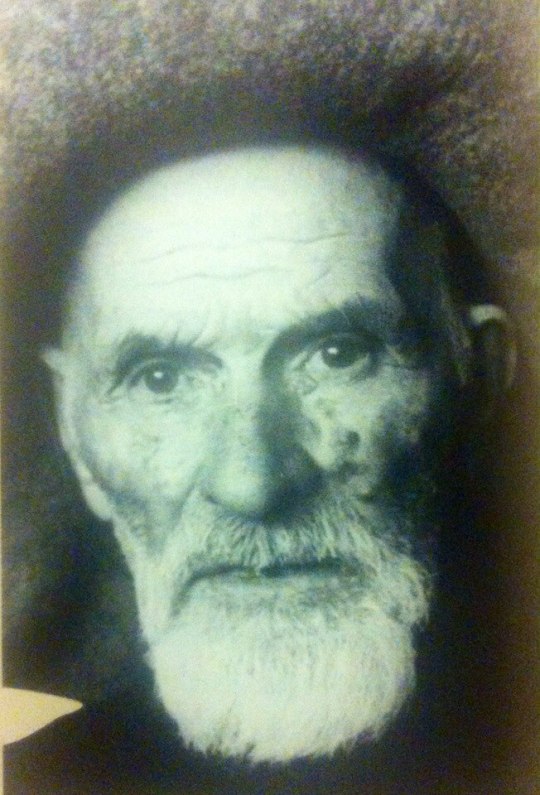

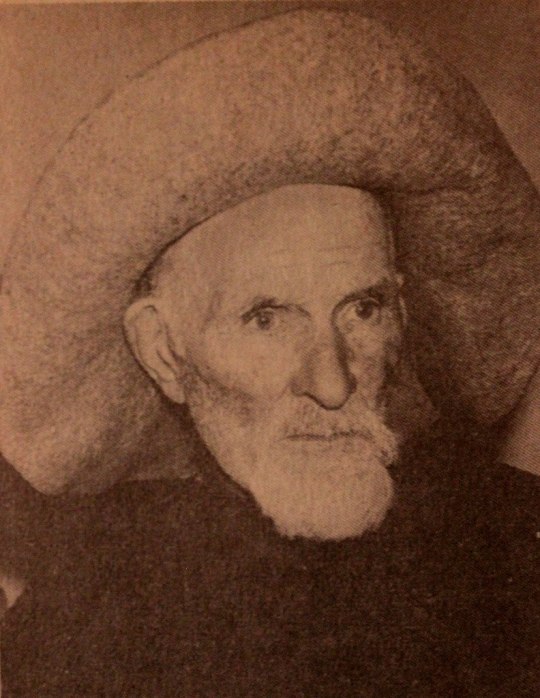
Абугалий Адурхаевич Узденов (1897 - 1992) Abugali Uzdenov (1897 - 1992)
Сказитель, певец карачаево-балкарских народных песен, собиратель и знато�� устного народного творчества Абугали Узденов родился в 1897 году в Джазлыке. Прожив более тридцати лет в родном ауле, переехал в Сары-Тюз.Помимо народных песен и преданий, Абугали исполнял и песни собственного сочинения. До наших дней дошли около 20-и таких произведений.
Storyteller, singer of karachay-balkar songs as well as an expert and collector of folkore, Abugali Uzdenov was born in 1897 in village of Djazlik, 30 years later relocating to Sari-Tuz. In addition to performing folk songs and tales, Abugali also wrote wrote and performed his own songs, 20 of which survived to modern day.
3 notes
·
View notes
Photo

Кайсын Шаваевич Кулиев (1917—1985) балкарский народный поэт, лауреат множества государственных премий из с. Верхний Чегем.
Kaisyn Shuvayevich Kuliev or Qaysin Quli (1 November 1917 – 4 June, 1985) was a Balkar poet born in Upper Chegem, Kuliev wrote in the Karachay-Balkar language and was a recipient of numerous awards and medals.
24 notes
·
View notes
Photo
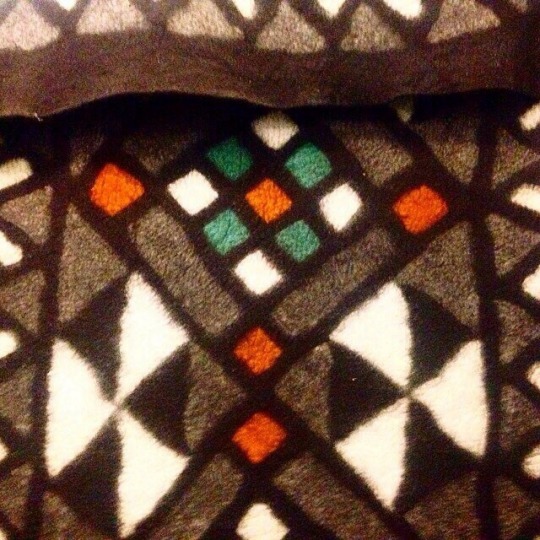
In ancient times, our ancestors discovered an amazing capacity of the finest wool fibers to interlace when they were rubbed against each other. It was only enough to rumple, rub, roll, or swirl soft wool yarn and it became thicker turning into felt fabric. This is how manual felting was invented and used for ages to make fabrics, garments and incredibly beautiful carpets with ornamental decorations of felt now exhibited for tourists in numerous museums all around the world.
The art of making decorative felt patterns has been known to many nations that domesticated sheep and goats. Felting is especially popular in Caucasus, Central Asia and Kazakhstan. People used felt for beds, home decorations, items of traditional handicraft, and passed them on as dowry. Felt has been everywhere in daily life and traditions.
In various regions, traditions of making felt carpets were different in composition, ornaments, color and manufacturing techniques.
Felting in North Caucasus has always been especially complex. Unlike Kazakh or Kirghiz felt decorations, which were made by driving pegs with dyed wool into roughly felted warp only on the front side, Balkar and Karachay felt carpets, called ala kiyzy, were made with decorations on both the sides. No doubt, it required the masters to be highly skilled, hardworking, experienced and patient.
For art, people mostly used the white fleece of Caucasus sheep. The wool sheared in autumn was highly valued, because its fibers interlaced better. The felt made of this wool was especially thick, homogeneous and capable of bearing decorations with clearer patterns.
Manual felting of dyed fleece is extremely hard. It took more than a month of thorough and hard work to make a small felt carpet of only 120 x 80 cm.
In spite of all its complexity, felt was traditionally manufactured by women in Caucasus. They mastered this difficult craft from a young age. The kiyiz carpets stacked on shelves demonstrated not only the wealth of a family, but also the hard work of the women living in the family. The secrets of making kiyiz was passed on from generation to generation by the hands of these female masters.
Complex and intricate ornaments is another specialty of felt carpets in Caucasus. The patterns are not simply geometric shapes. They are numerous horn-like curls alluding to ram horns or heads. The ornaments of these felt items sometimes depicted humans or body parts too, for example, a leg, a hand, a heart, as well as different S-shaped figures, round solar signs, circles and crosses with curling edges.
Laying an ornament is one of the most important operations requiring a lot of experience. It is a process of art, which requires experience, good taste, color combination skills and imagination, because the patter is laid from memory. It will influence the value of the future item made from felt.
All decorations of the ancient kiyiz were based on contrasting white ornaments drawn on the black. In felt items made for festivities, the gray shades of natural wool were livened up with orange color extracted from barberry roots. This color range has long been a national feature of felt carpets in both Balkaria and Karachay.
Traditional felting is not merely a popular handicraft. It reflects the spiritual life and day-to-day customs of nations, and therefore it will never become outdated.
From ancient times until today, the only school has been the popular tradition of passing this art from generation to generation. Unfortunately, we are observing the cradles of this popular art disappearing, the thread of creative traditions being torn, and the secrets of the masters being forgotten.
The young generation must learn to understand and value the popular art, which is the embodiment of many-centuries long experience of people, and inexhaustible treasury of beauty and wisdom imprinted in this ancient craft.
Image of Kez Kiyiz (Mottled Felted Carpet)
Text from here
25 notes
·
View notes
Photo

Медовые водопады, Карачаево-Черкесская республика, 1959.
Medovie Vodopadi (Honey Waterfalls), Karachay-Cherkess republic, 1959.
36 notes
·
View notes
Photo
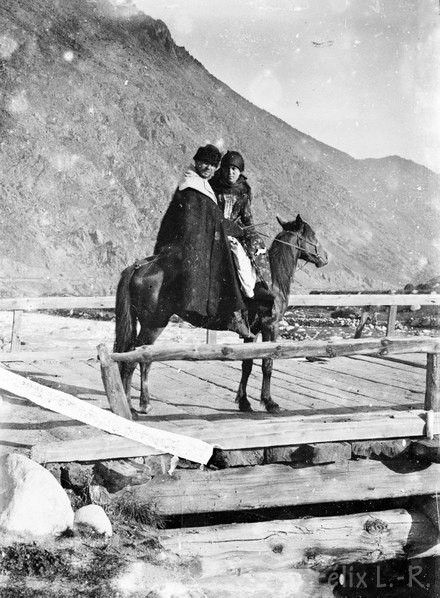
Учкулан, 1897.
Uchkulan, 1897.
5 notes
·
View notes
Photo
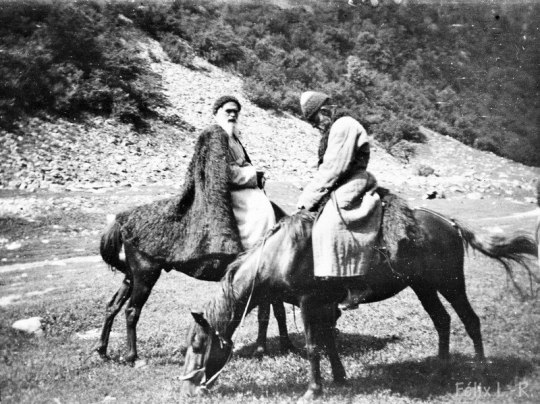
Учкулан, 1897.
Uchkulan, 1897.
16 notes
·
View notes
Photo

Karachay arba (from persian arabe), a bullock-cart.
From pre Russian Revolution postcard series.
4 notes
·
View notes
Photo
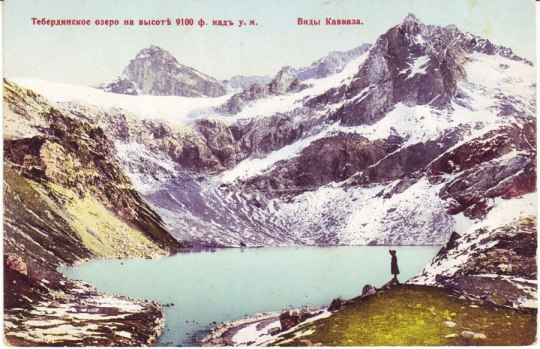
Lake Teberda at 9100 foot above sea level.
From pre Russian Revolution postcard series
#teberda#lake teberda#caucasus#mountains#vintage postcard#vintage#epic views#views of caucasus#north caucasus#karachay
6 notes
·
View notes
Photo

Balkars with a loom next gorge Terskol, Baksan Valley, Balkaria.
From pre Russian Revolution postcard series.
#balkars#balkaria#terskol#baksan#baksan valley#caucasus#north caucasus#vintage postcard#vintage#history#historical postcards
29 notes
·
View notes
Photo
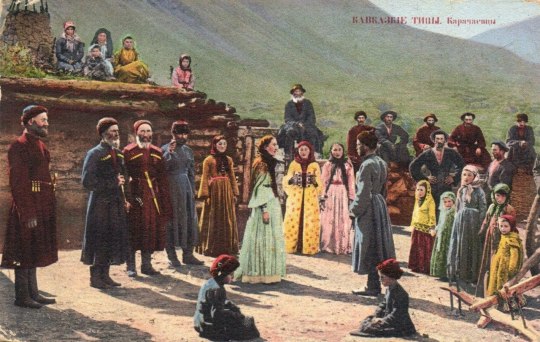
Karachays.
From pre Russian Revolution postcard series.
#karachay#karachay costume#karachay dance#karachay tradition#postcard#vintage postcard#historical postcards
66 notes
·
View notes
Photo
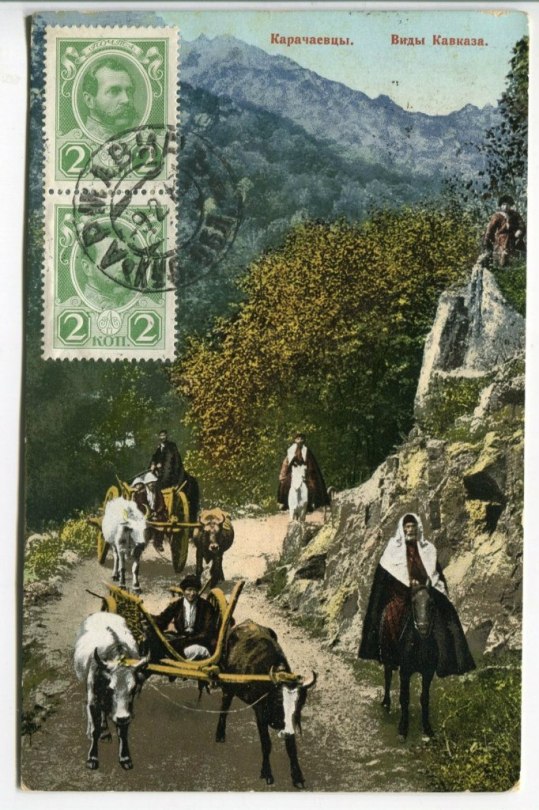
Karachays.
From pre Russian Revolution postcard series.
34 notes
·
View notes